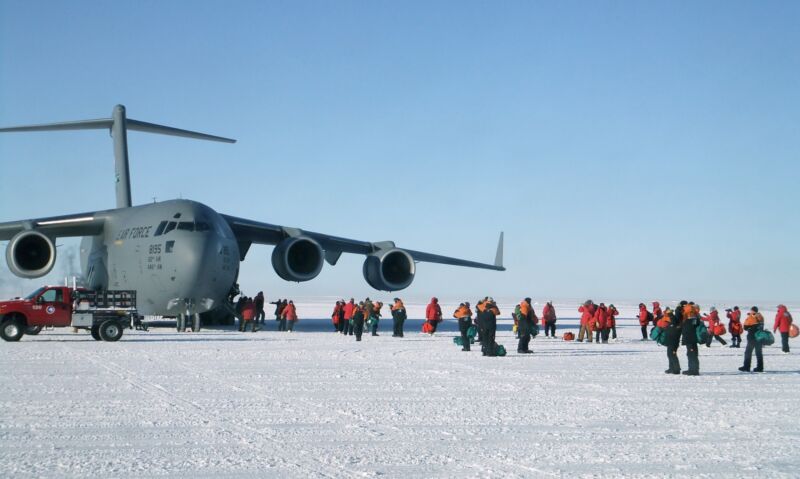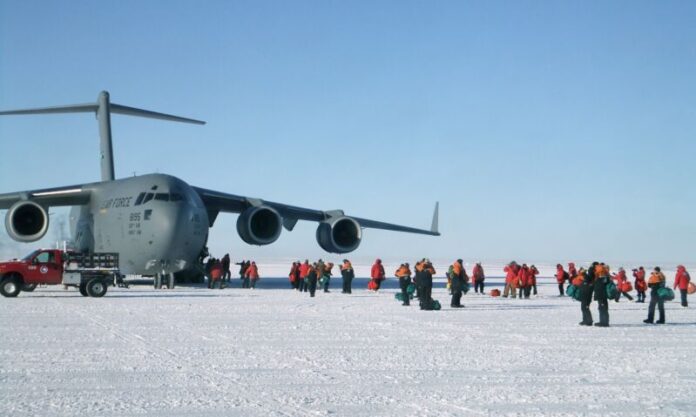
The US National Science Foundation is one of the US’s primary means of supporting fundamental scientific research—its investments account for about 25 percent of federal support to America's colleges and universities for basic research, or research driven by curiosity and discovery. But NSF Director Sethuraman Panchanathan has asked Ars for the opportunity to explain how the unique facilities that NSF supports in the Antarctic have value for both commercial interests and national security. In making this argument, he’s joined by Representative Tony Gonzales of Texas, who explains how NSF’s Antarctic research has had direct impacts on people in his district.
Antarctica's geopolitical significance is understated. US involvement in Antarctica is a strategic necessity for scientific advancement, engineering breakthroughs, educational opportunities, and national security.
Today, global competition is fiercer than ever. For our nation to maintain global competitiveness in an era of shifting geopolitical power dynamics—notably where China seeks to expand its global influence—we must support the critical science and engineering research efforts happening at the bottom of our planet. While seven nations claim territories across the Antarctic continent, the US recognizes none and claims none, in full alignment with the Antarctic Treaty. The US, with the world's most significant and influential presence in Antarctica, leads cooperatively to ensure interagency and international partnerships can succeed in everything from science to security.
Read 8 remaining paragraphs | Comments
Ars Technica - All contentContinue reading/original-link]




